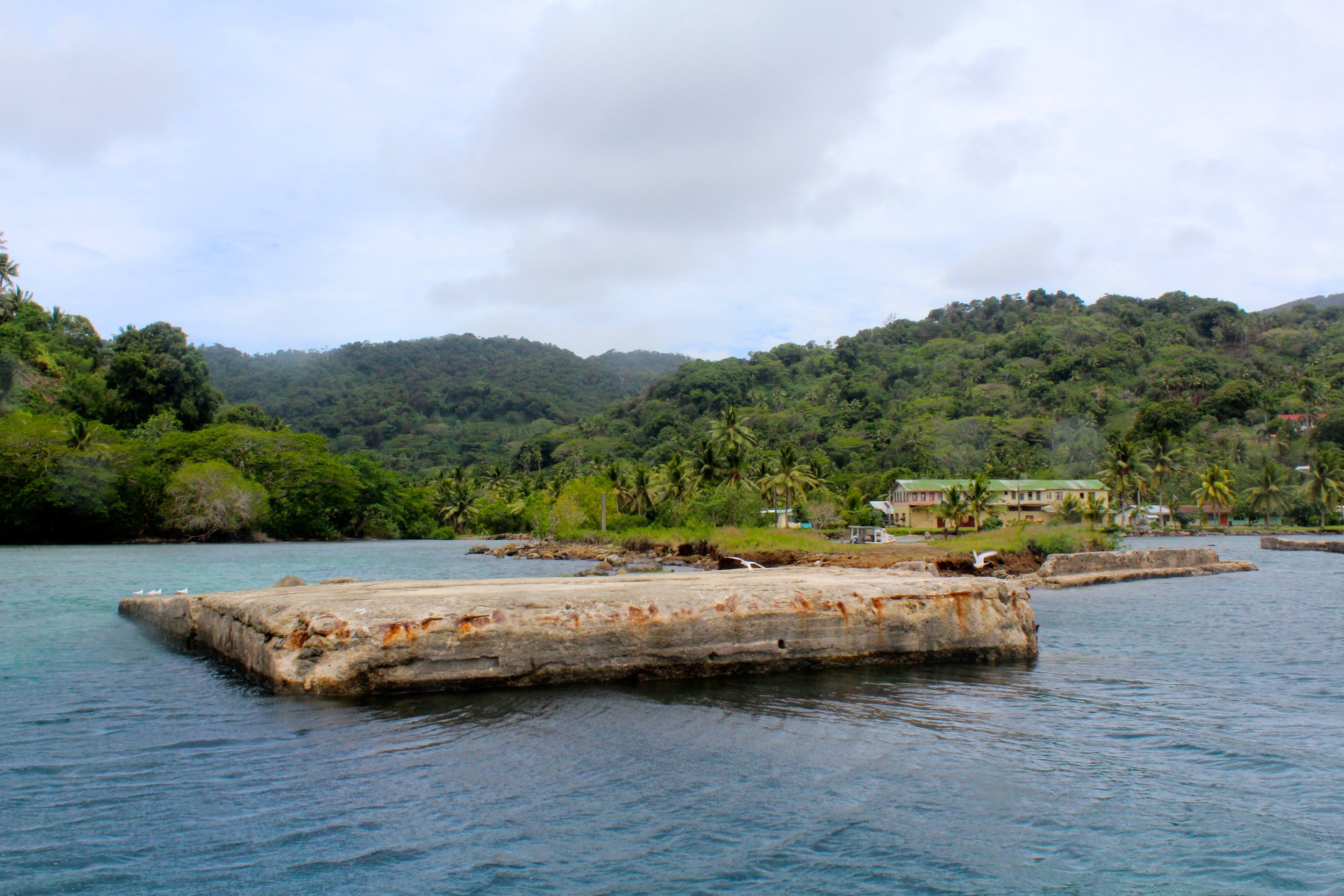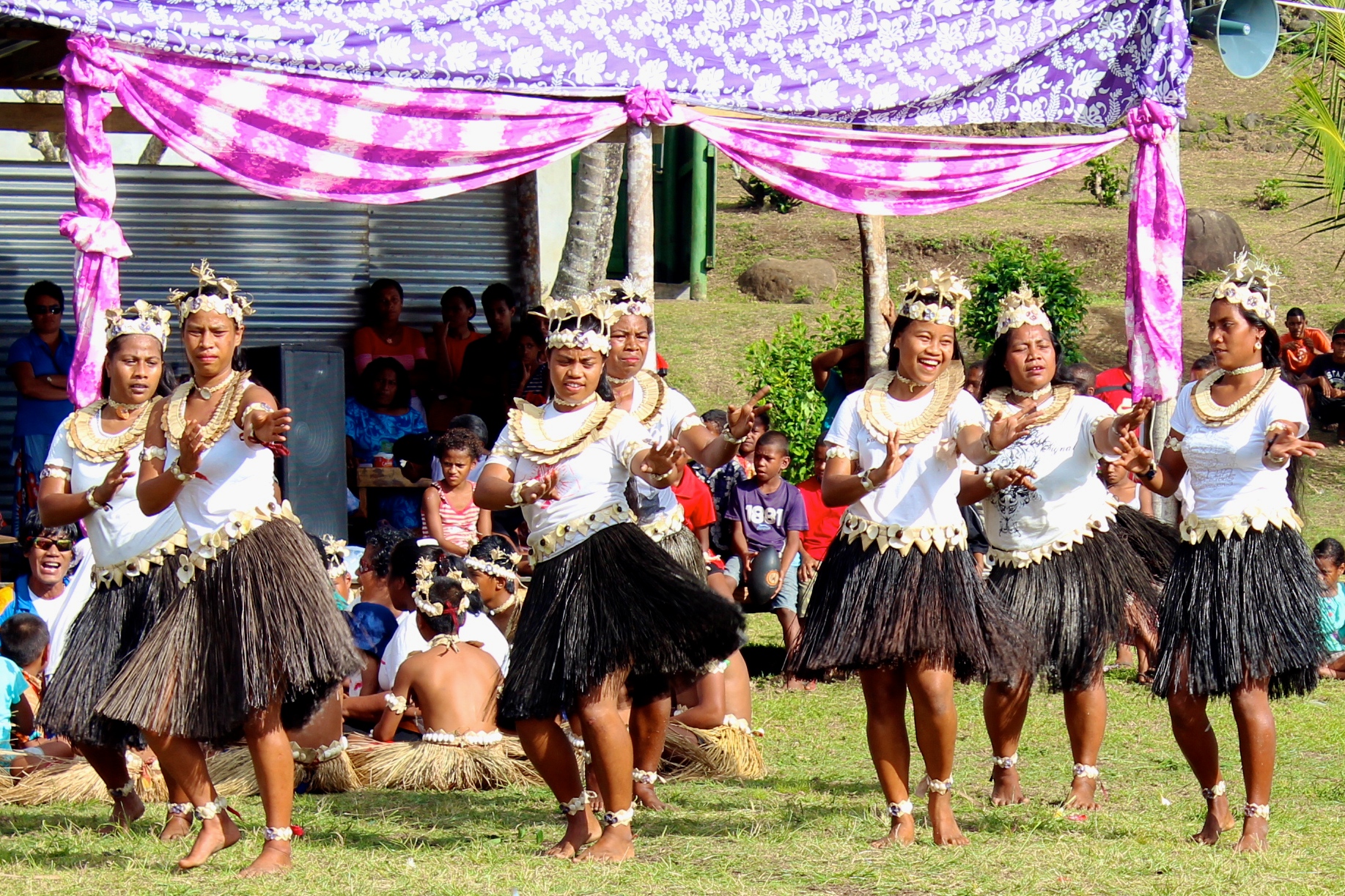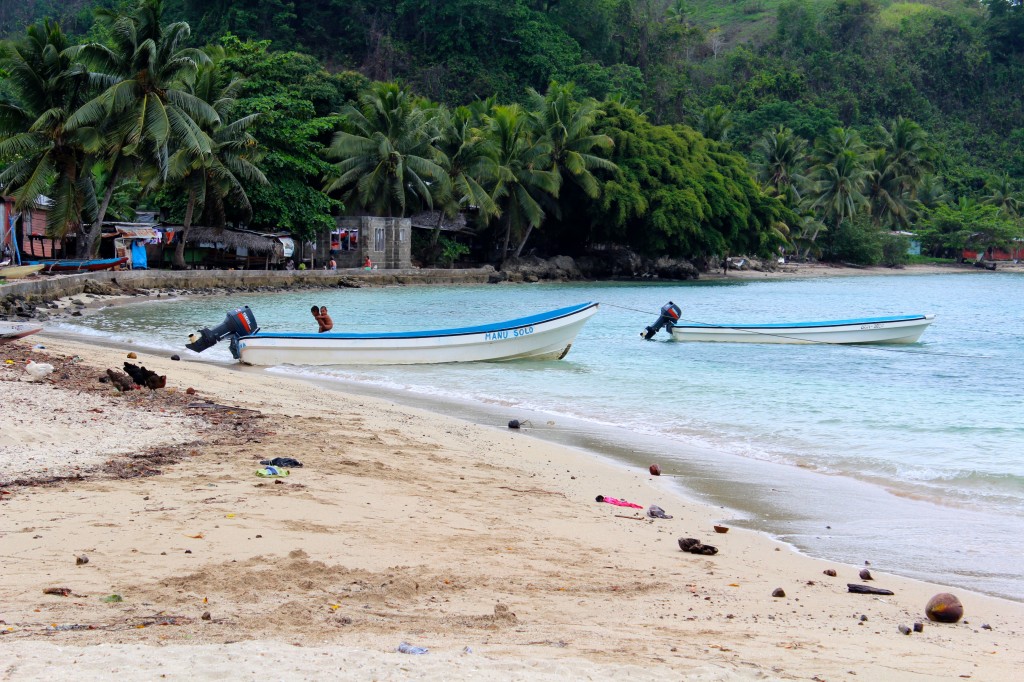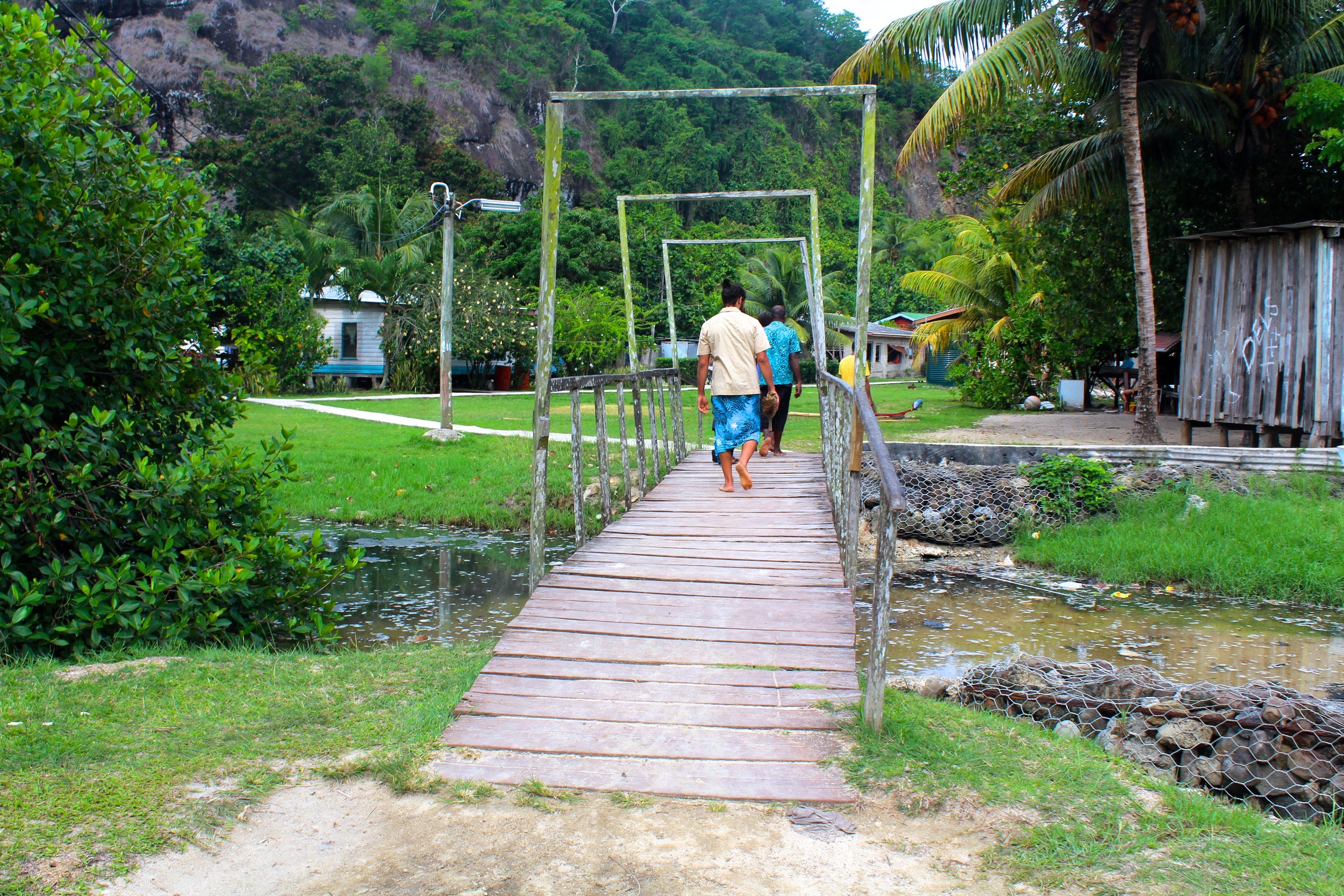Rabi and Kioa
Yesterday, we went to the islands of Rabi (RAH-mbe) and Kioa (key-OH-uh). We went with our coworkers to offer sevusevu to the villages that may be hosting Paradise guests in the future.
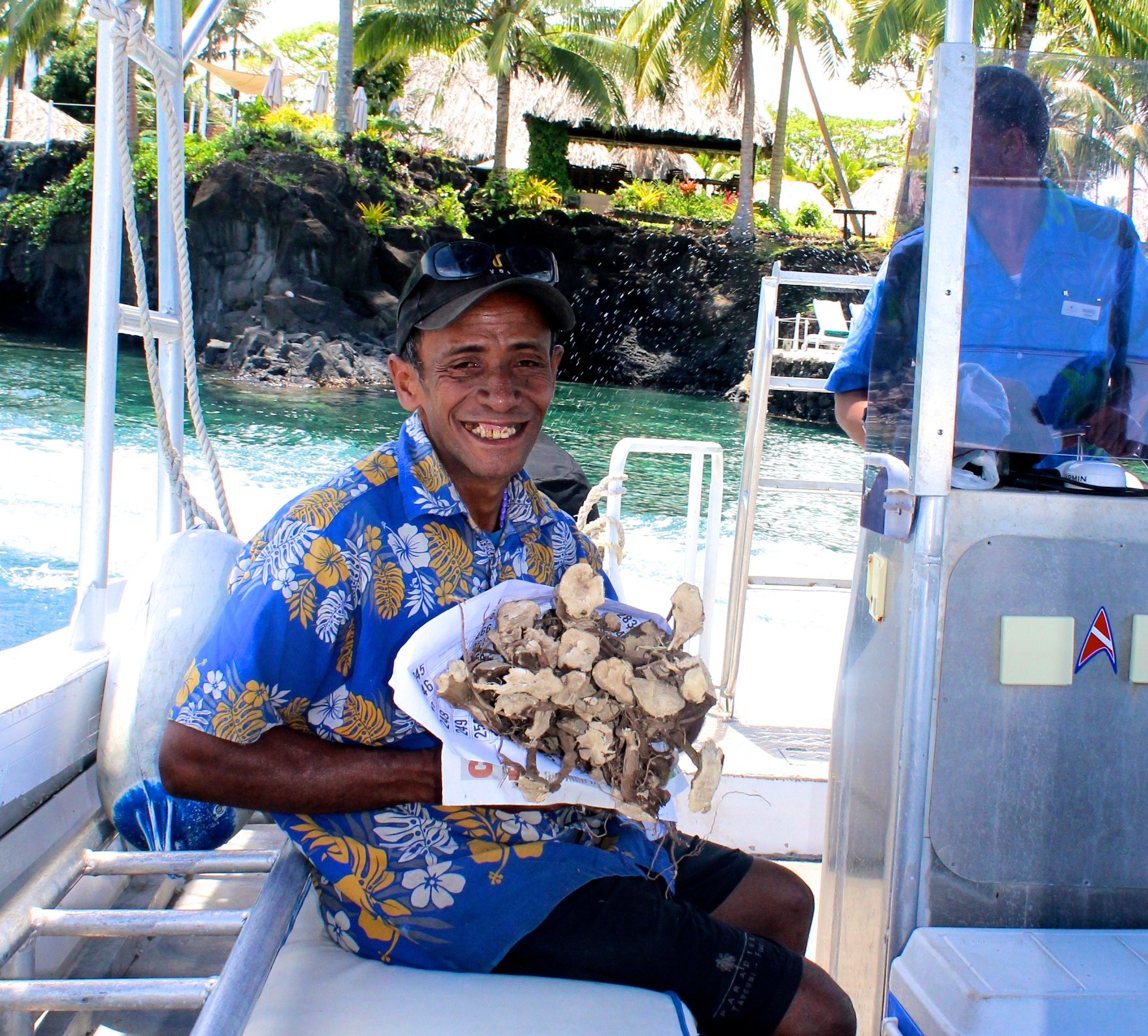
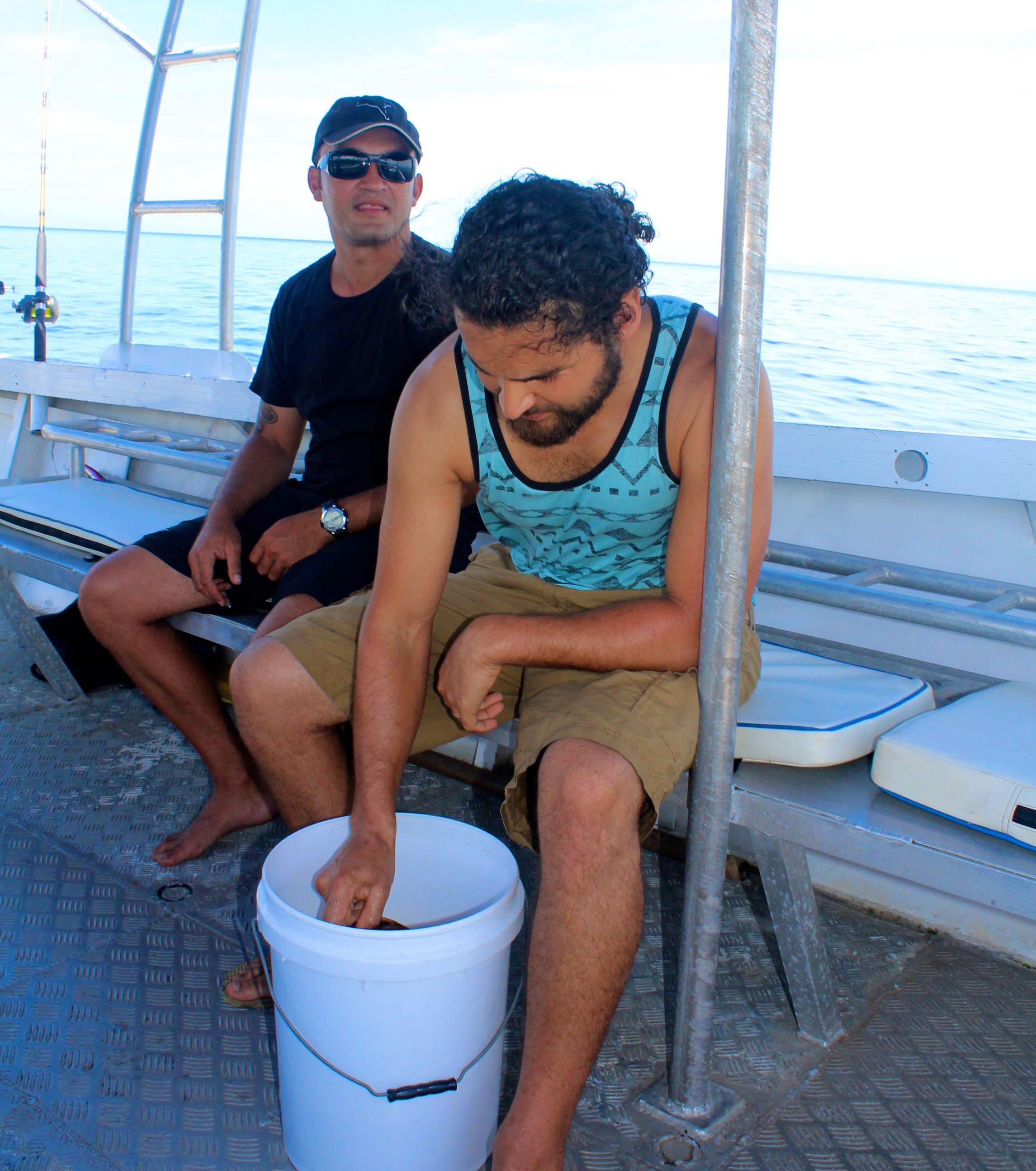
Even though the islands were only an hour or two away, it felt like we were travelling internationally. Both islands are home to people who were relocated from other Pacific islands. Their languages, building styles, and cultural traditions differ from what we’ve experienced in Fijian communities.
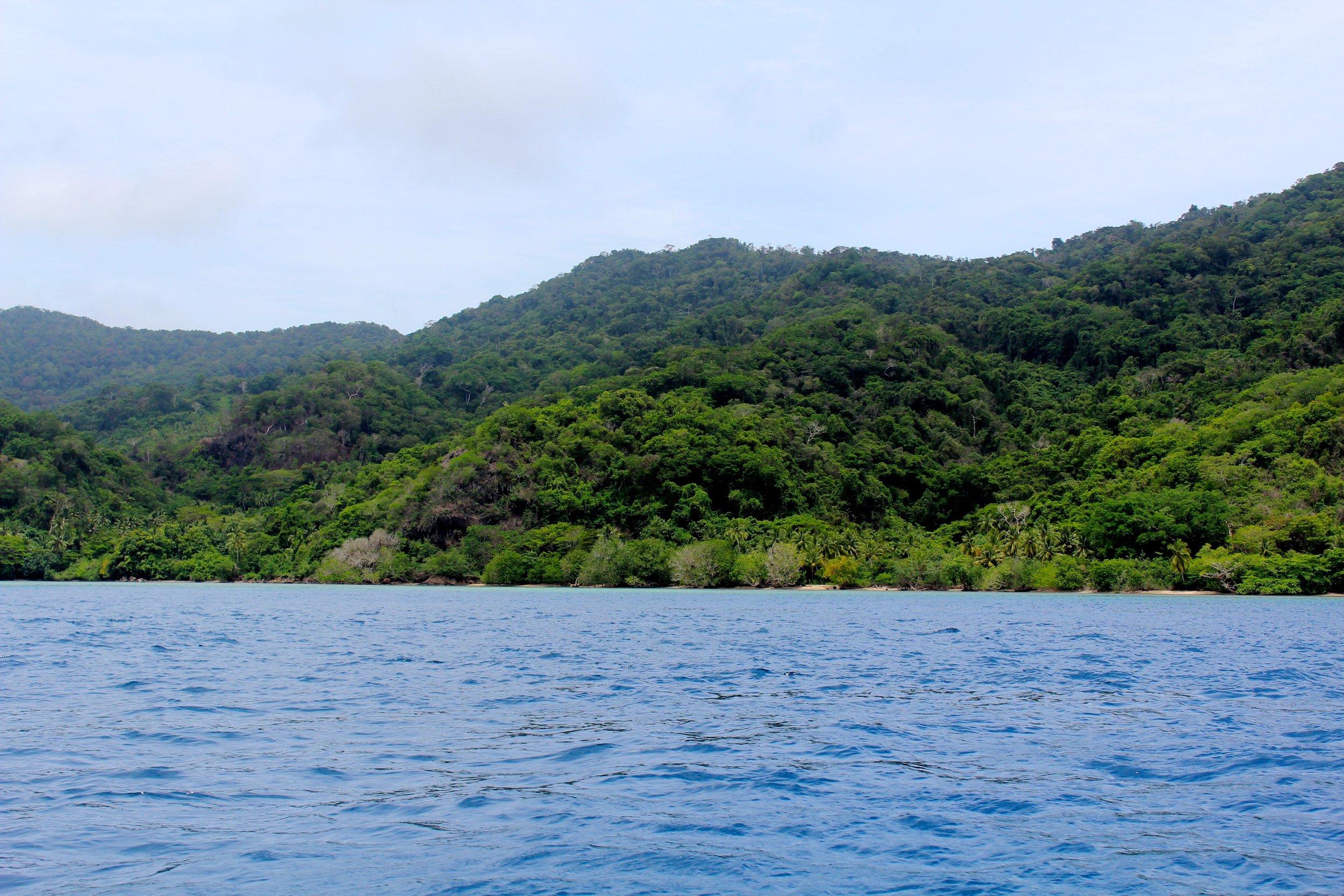
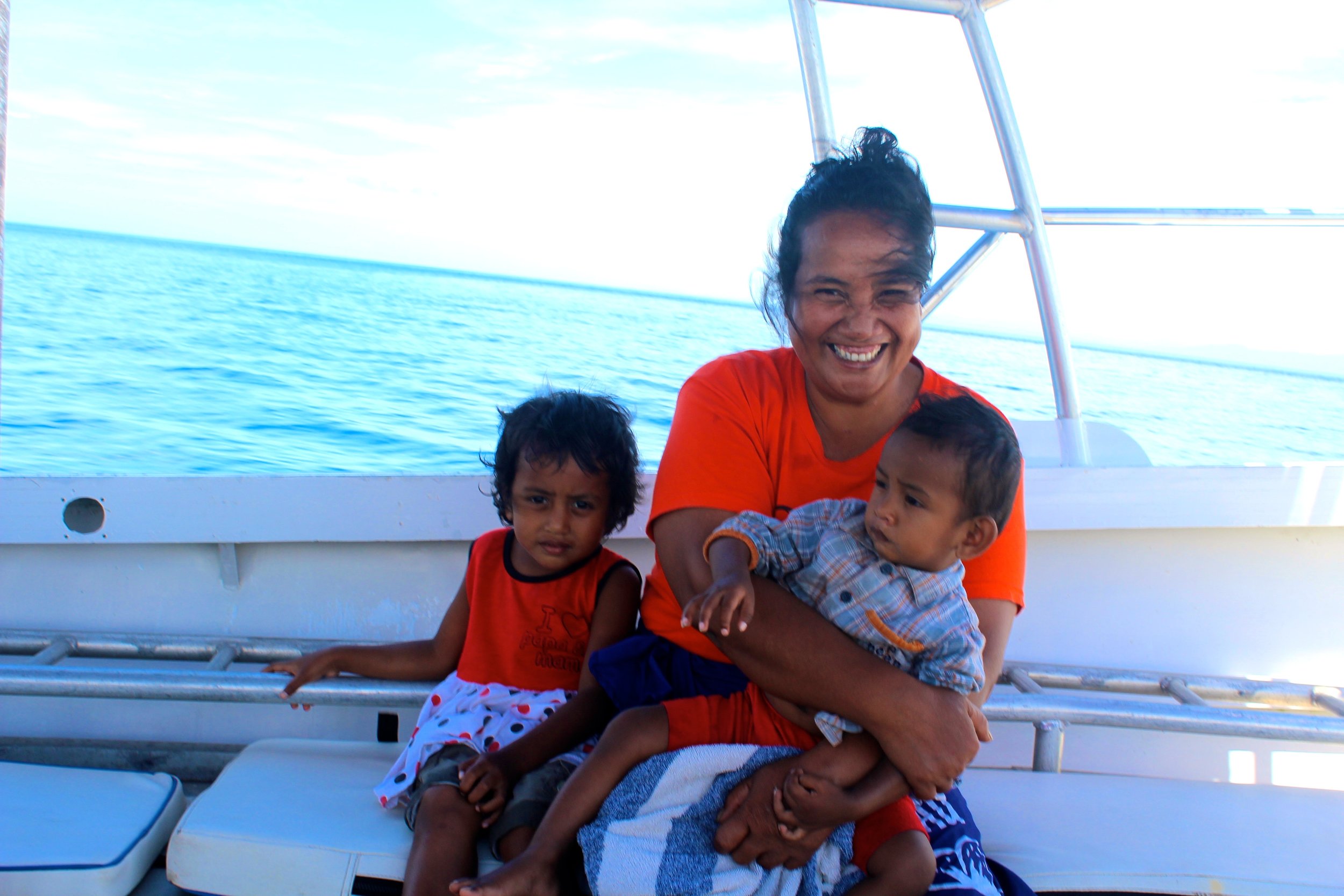
We visited Rabi first. Rabi has four villages, a town area, and a guesthouse for the occasional tourists. We visited the town area, which is pretty far from the villages.
The people of Rabi are originally from Banaba Island (aka Ocean Island), a solitary raised coral island near the Equator that today is politically a part of the Republic of Kiribati. The British Phosphate Commission (a joint British, Australian, and New Zealand enterprise) carried out phosphate mining on Banaba Island from around 1900 to 1979, and subsequently stripped away 90% of the island’s surface. After World War II, the Banabans were told they could not return to their homeland as it was uninhabitable, and they were relocated to Rabi Island in Fiji. A series of injustices and coercion predicated the relocation.
The four villages on Rabi Island are the same as the four that were on Banaba Island. We found that there were no chiefs, as in Fijian villages, and they do not do the Fijian tradition of sevusevu. We experienced Banaban music dancing during the catholic church celebrations in Wairiki.
The Banaban people have worked to preserve their identity. They also share their culture and story of displacement through their own website.
After Rabi, we visited Kioa. Kioa has only one village that is adjacent to a beautiful white beach.
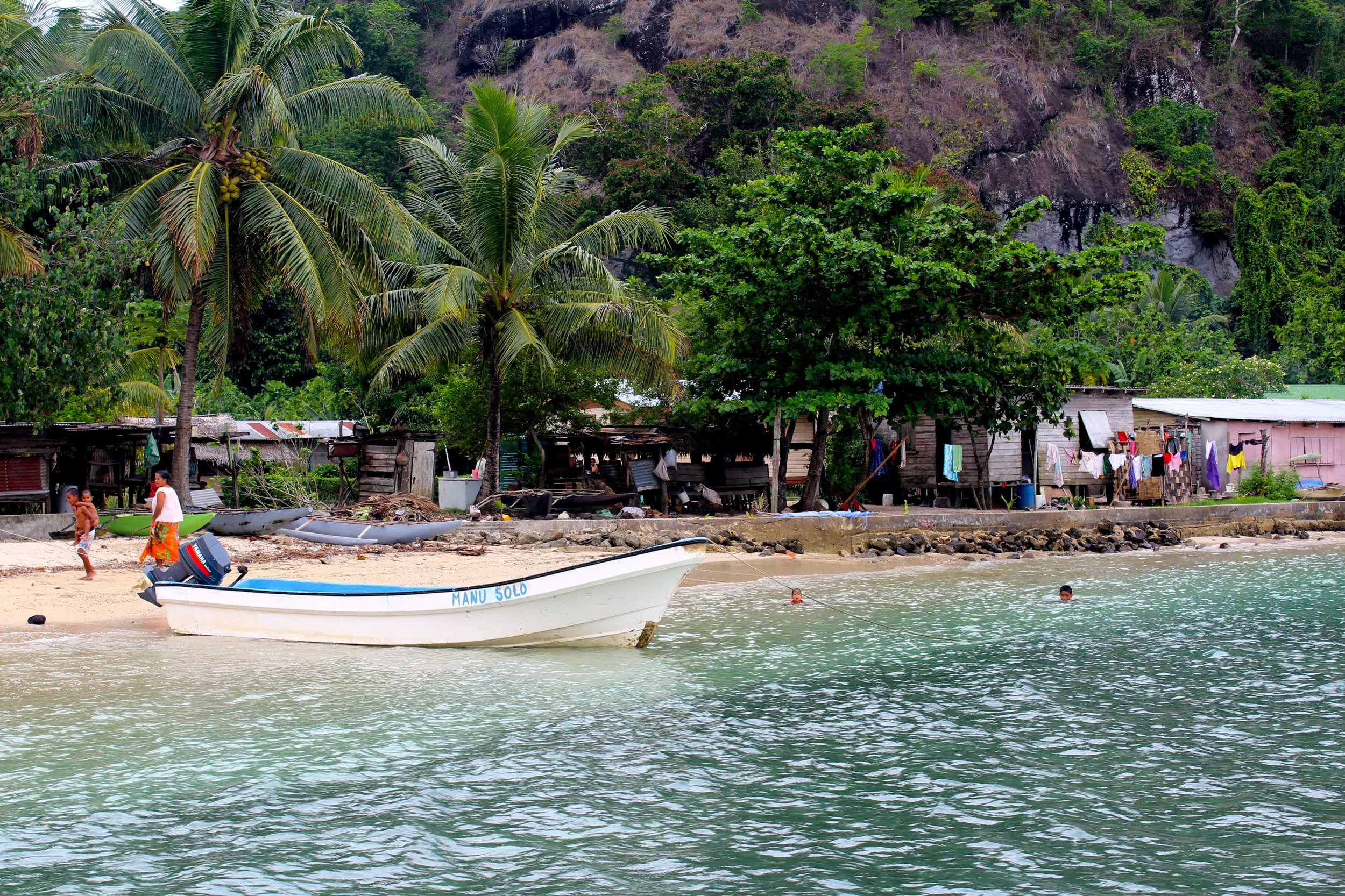
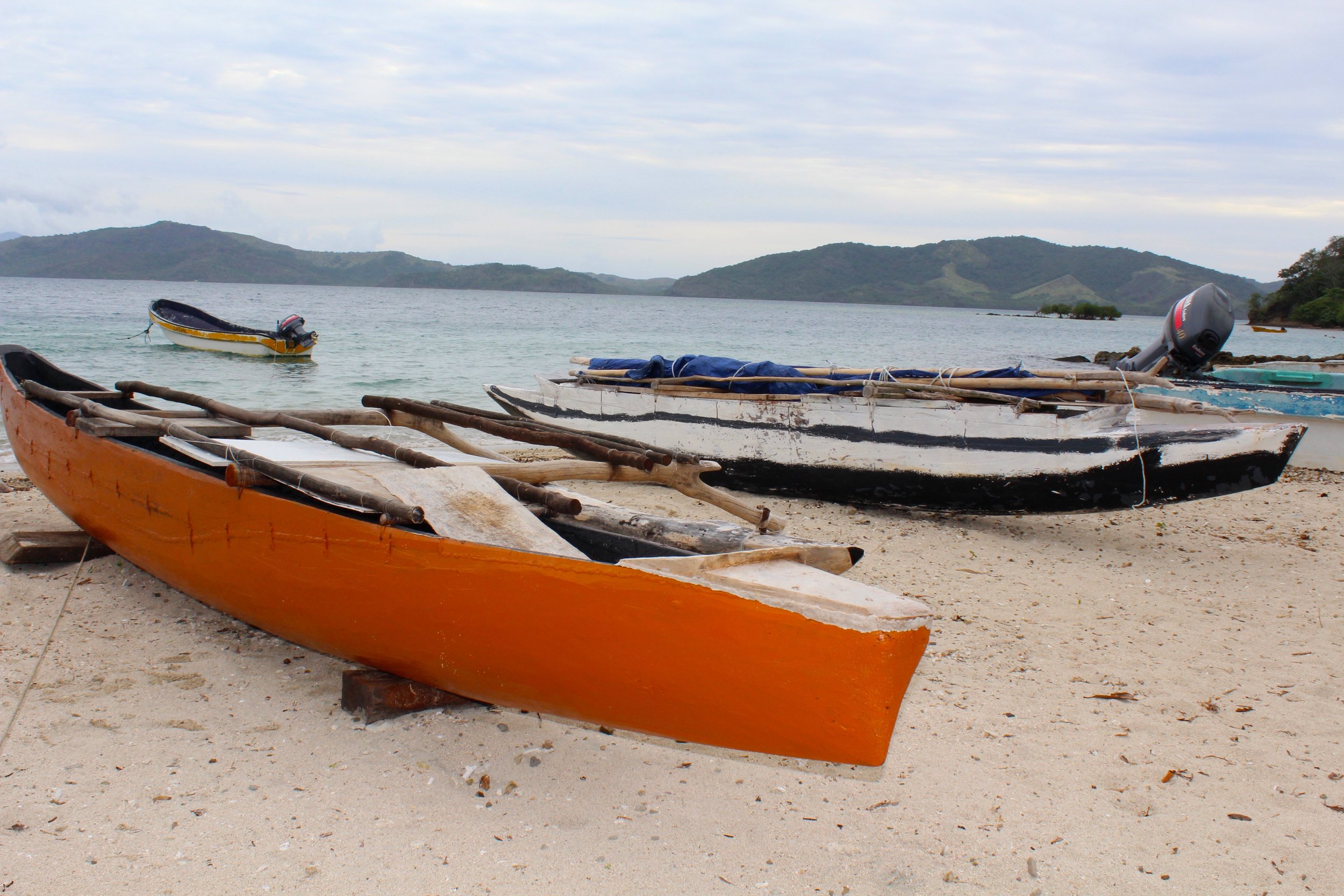
The people of Kioa came from the Vaitupu atoll in Tuvalu. The first group arrived to Kioa around the same time as the Banabans did to Rabi, however they came under very different circumstances. Some of the men in Vaitupu assisted the Americans during World War II and used the money they made to purchase the uninhabited island of Kioa. They bought the island as a solution to the potential overcrowding of Vaitupu, and a small group of people made the journey to become the first Kioans.
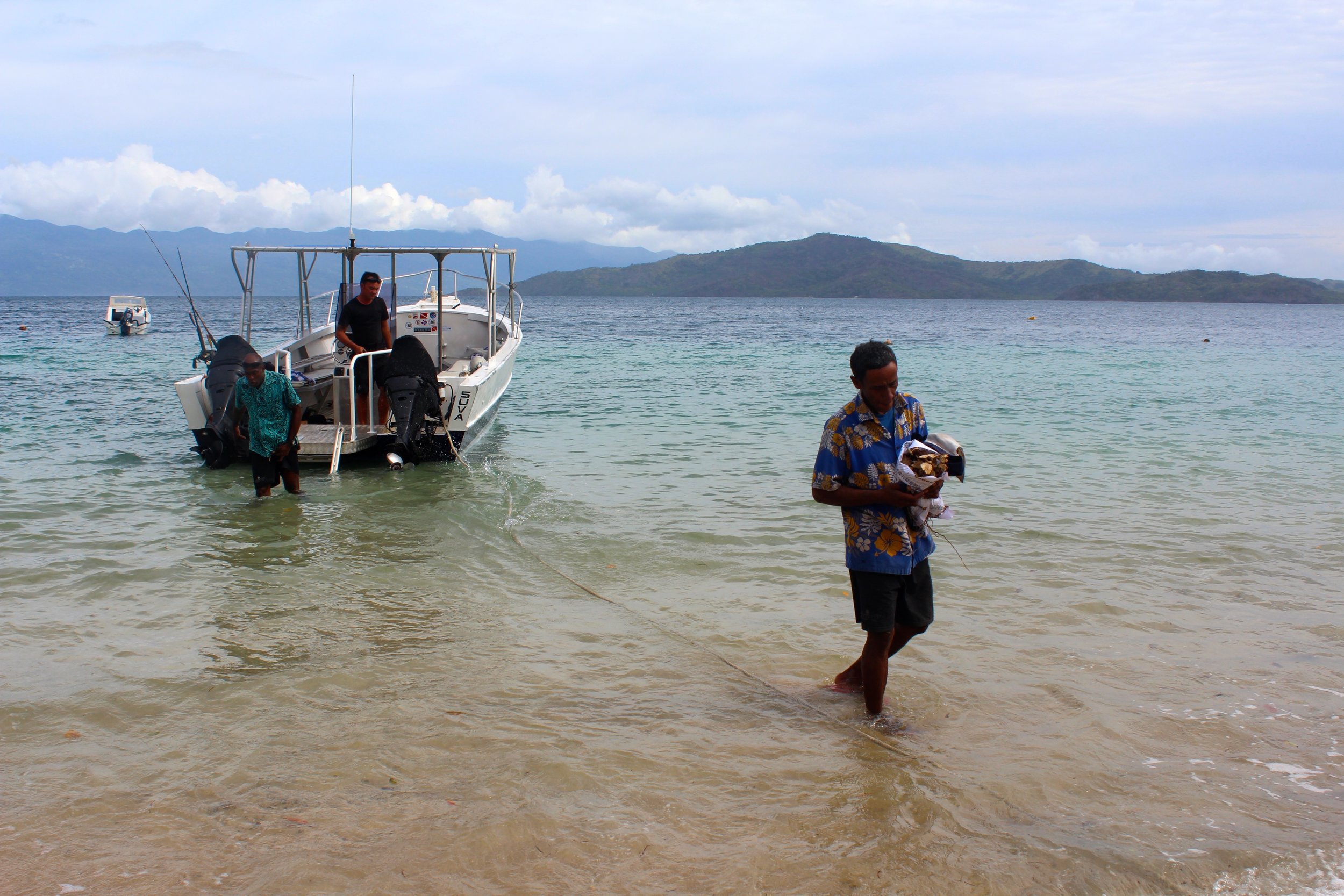
The sevusevu we offered there was understood and welcomed. Kioa also has a website.
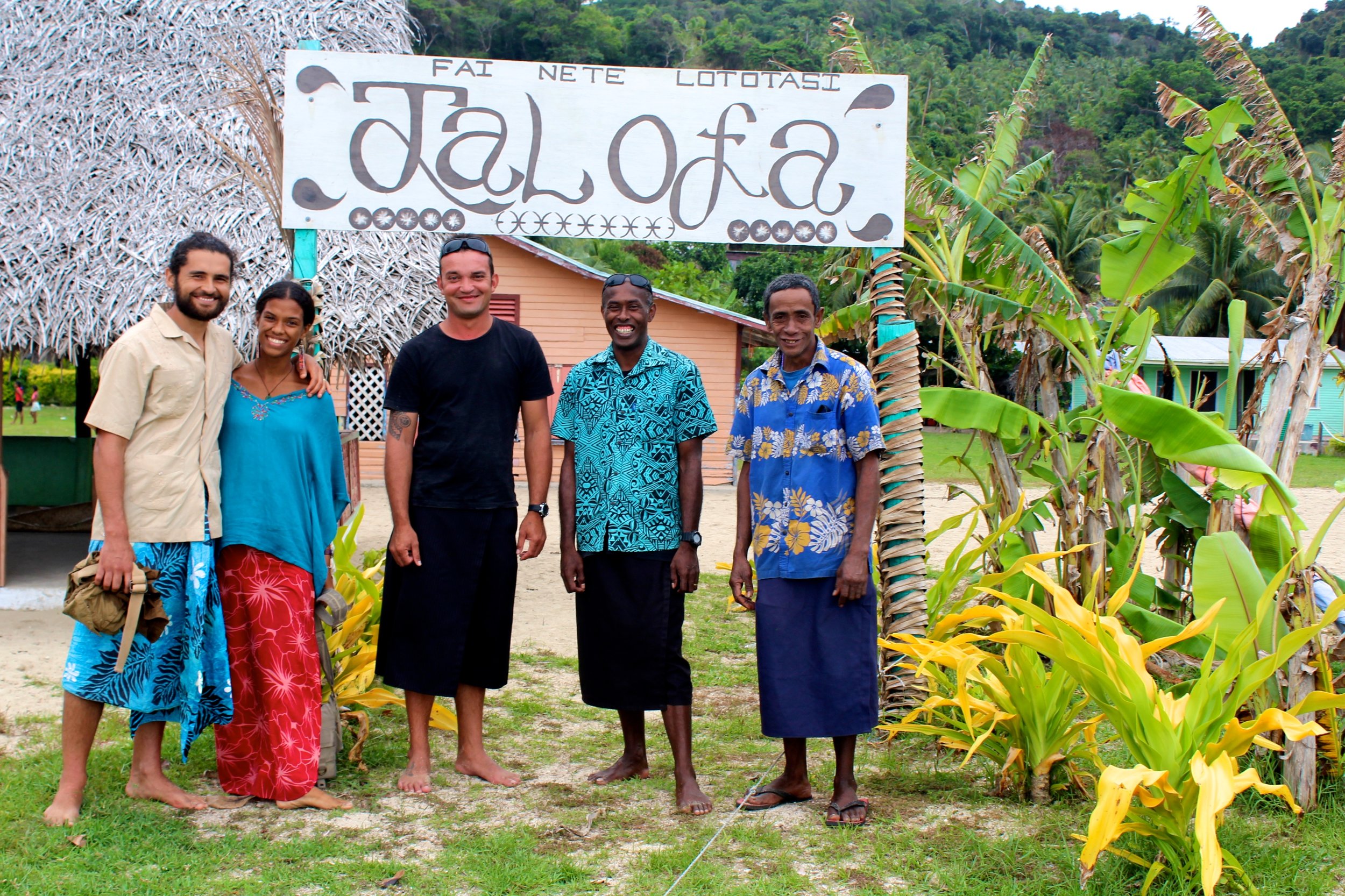
It was really exciting for us to experience the diversity within Fiji.

